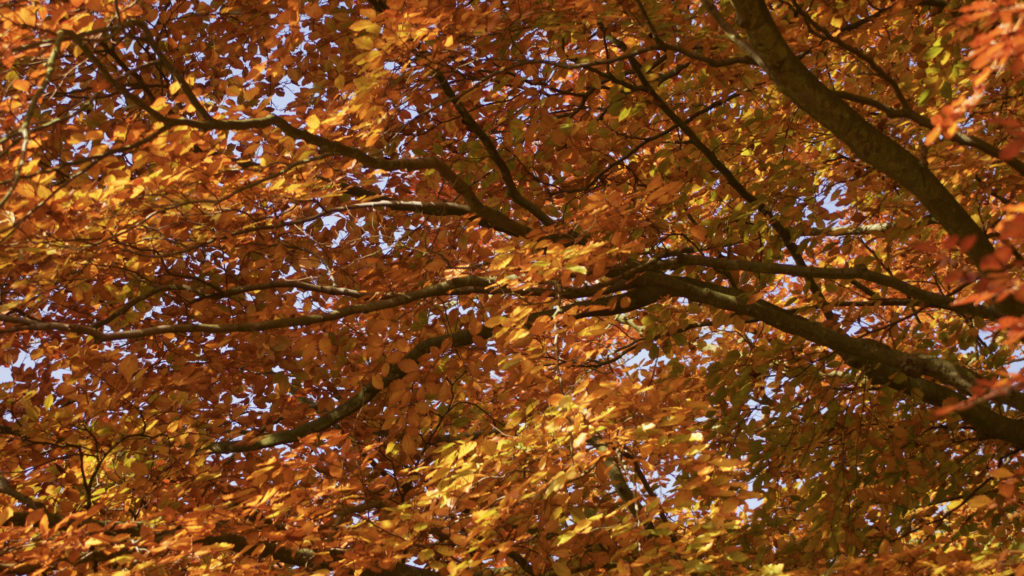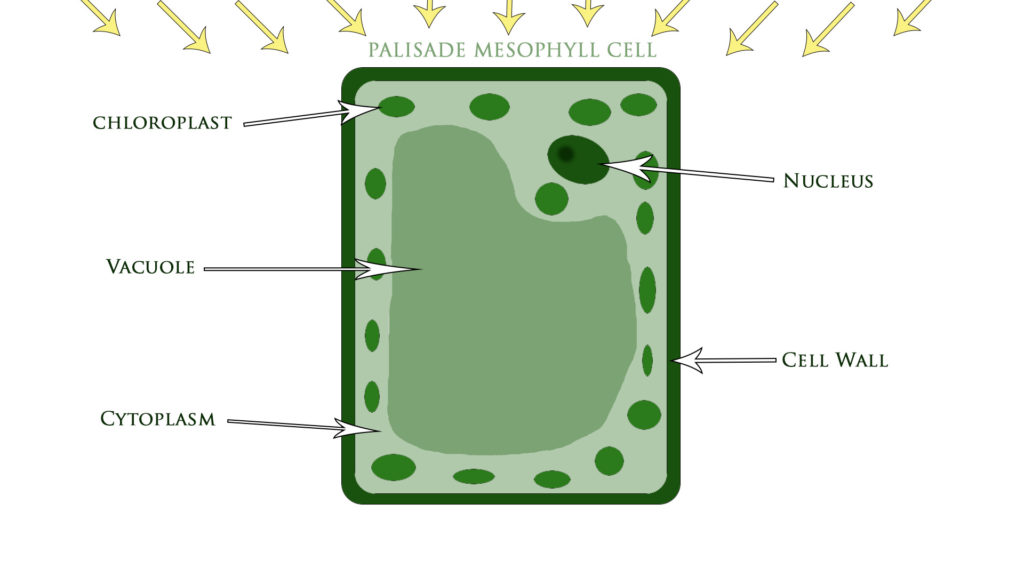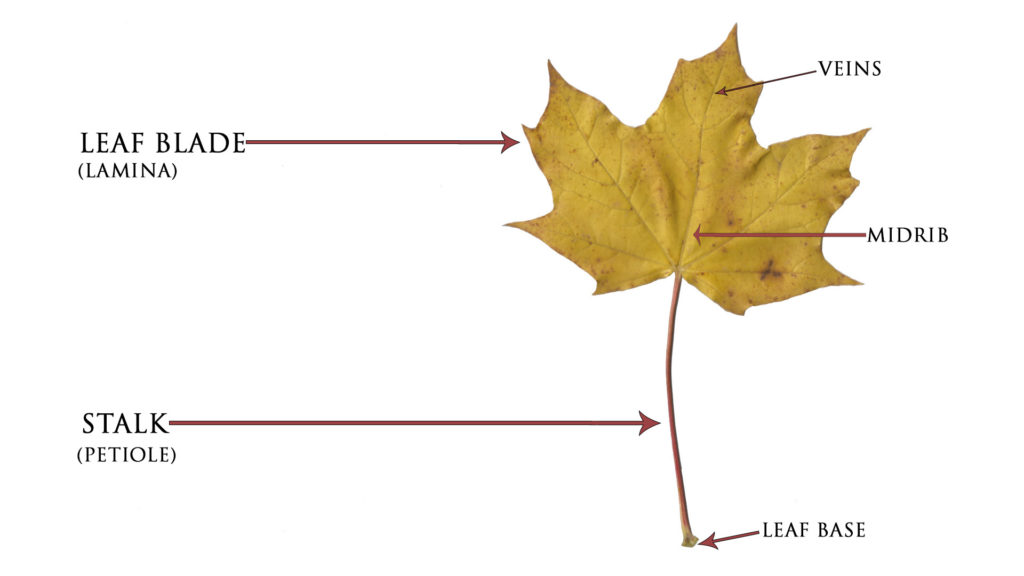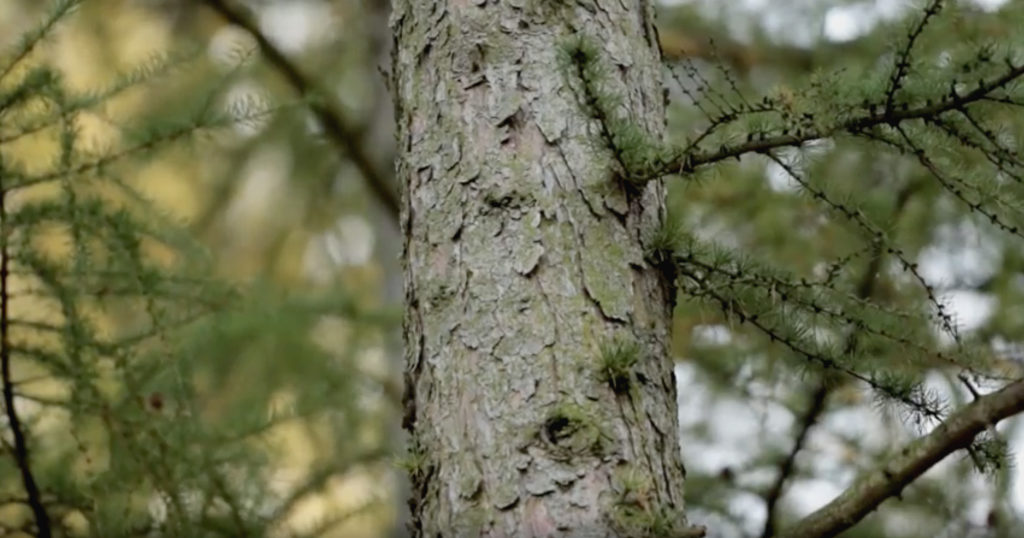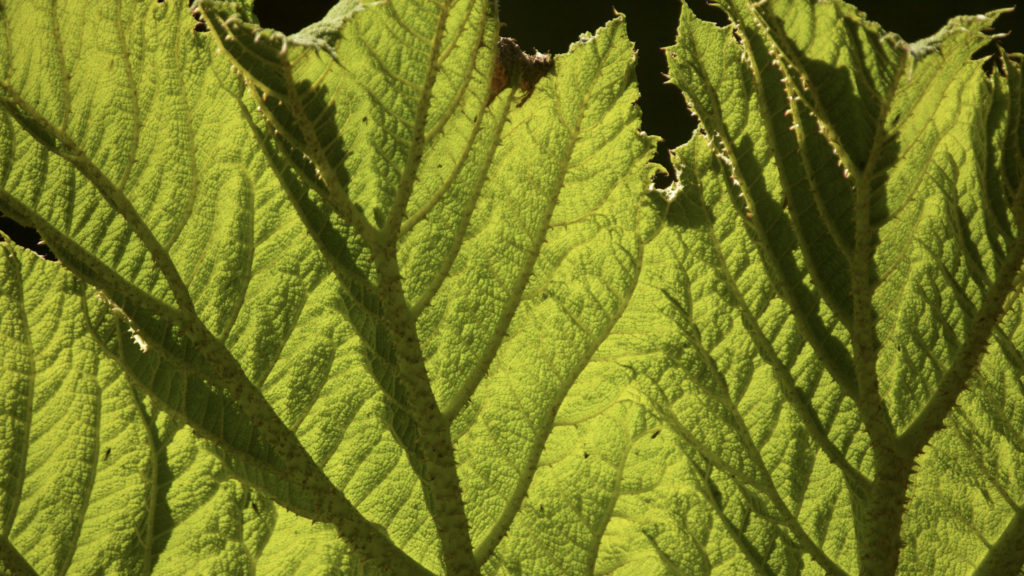Every Autumn, the blow of the on-coming colder weather is softened by a spectacular natural event that happens in many countries across the world. A lot of leaves begin to change colour from green to bright oranges, yellows and reds. The sight is attention-grabbing but how many of us understand the science behind ‘the big drop’?
How Leaves Work
Trees and leaves are complex organisms and the process that keeps trees alive is quite astonishing. Leaves play a vital part in this. They are responsible for using sunlight, Carbon Dioxide (CO2) and water to create ‘tree food’. This process is called Photosynthesis. The leaf uses Chlorophyll, which is a green pigment contained in chloroplasts, to carry out Photosynthesis.
Sunlight is an aid to transforming water and Carbon Dioxide into Glucose (which the tree uses) and Oxygen; which is a by-product of the this process. This is why we are so heavily reliant on trees and plant-life as they enable us to breathe. Naturally, this is one of the reasons why deforestation is such a big issue.
Once the leaf has created sugar, it carries it back to the tree via its ‘Vascular Bundle’ – the tubes seen in the diagram below. This collection of veins also carry water to the leaf.
The Vascular Bundle carries the sugar all the way down the stalk so the tree can continue to thrive. Whilst this is ideal during warmer months when there is plenty of sunlight, Winter is a different story. Most of the trees that lose their leaves are called Broadleaf trees. There are some exceptions but generally speaking, these leaves are more vulnerable in harsher weather and so it is safer for the tree to cut them off and store the nutrients in an almost ‘sleep-mode’ until the days are longer again.
Evergreen and Deciduous Trees
Not all trees need to shed their leaves during the big drop. Again, there are exceptions but most trees that keep their leaves year round (named ‘Evergreen trees’) have needles as their leaves. They tend to have a waxy exterior that protects them from the more unforgiving weather and the shape is thought to aid their survival.
The trees that do take part in the big drop are referred to as Deciduous. They have the ability to sense when the days are getting shorter by using Phytochrome and Cryptochrome to detect light. This allows them to gradually slow down making Chlorophyll, which decreases the amount of green colour in the leaves; allowing the oranges, yellows and reds to show. Eventually the tree uses a layer of cells referred to as the ‘Abscission Layer’ to ‘cut off’ the veins, which stops the carrying of water and nutrients back and forth between the tree and the leaf. In time the leaf decomposes and drops away to the ground.
Humans and Trees
It can be easy to take trees for granted but they have existed on Earth for approximately 370 million years whereas humans have been here in our modern form for about 200,000 years or 300,000 years as new findings suggest. Yet humans are creating larger issues on this planet than any other species seems capable of. We have merely scratched the surface in terms of science and have to wonder, what else is there to discover that we do not yet know? We are already aware that our actions can directly threaten our own survival and without the knowledge of the full story, we cannot know all of the consequences of our actions. It seems to be safe to say that we must try to reduce our negative impact on trees as much as we can and that can be done in our every day lives.

